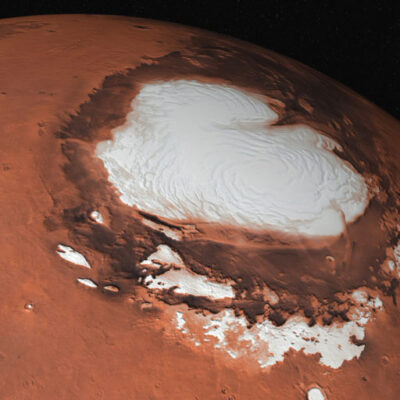
Whether it’s two-stroke or four-stroke, one cylinder or eight, most of the engines we use today are powered by the internal combustion of gas and air. However, mixing gas and oxygen isn’t the only way to generate the energy needed to propel an aircraft. In fact, it’s often the least efficient option.
In a typical vehicle engine, power is generated by cylinders. Each cylinder contains a shaft with a piston that moves down to draw in a mixture of gasoline and air. The spark plug ignites the fuel, and the resulting explosion drives the piston back down. Once the piston moves, it pushes against a rod that turns the crankshaft. This method is so effective that it’s been replicated millions of times in everything from chainsaws to Ford F-150s.
Spaceships, however, operate differently than vehicles on Earth.
The traditional method of generating power relies on the presence of oxygen in the air. In space, however, as the famous line goes, “no one can hear you scream” because there’s no air (or oxygen).
Unlike a truck that can draw in air from its surroundings to use as an oxidizer, rocket-powered vehicles must carry both their fuel and oxidizer with them.
Propellants come in two forms: composite and homogeneous. In both cases, the oxidizer and fuel are stored separately until they are ignited to produce energy. Solid propellants are unique in that the fuel and oxidizer are chemically combined, often as nitrocellulose and nitroglycerine, to create a single substance.
In the case of solid propellants, the fuel and oxidizer are separate materials that are mixed to form a powder or crystalline mixture. Common ingredients include ammonium nitrate or chlorate, potassium chlorate (as the oxidizer), and a strong hydrocarbon fuel such as plastic or asphalt.
There are three main types of propulsion: cryogenic, petroleum-based, and hypergolic. In each of these, the fuel and oxidizer are stored separately until needed. When a rocket loaded with liquid propellants is ignited, small amounts of both the fuel and oxidizer are pushed into the combustion chamber, where they mix and explode, creating the thrust required for propulsion.
Petroleum-based liquid fuels, as the name implies, combine a petroleum product (such as kerosene) with dissolved oxygen, which, in a highly-concentrated form, makes for an efficient and effective fuel. This method was used in Soyuz rockets and in the stages of the Saturn I and V rockets.
Cryogenic propellants, though highly effective, are difficult to store for long periods because they require extremely cold temperatures to remain in liquid form—hydrogen stays liquid at -423°F, and oxygen at -297°F. Due to this challenge, cryogenic propellants are used only in specific applications, such as the engines of the Space Shuttle and certain stages of the Delta IV and Saturn rockets.
Both cryogenic and petroleum-based fuels require some form of ignition, typically via chemical pyrotechnics or electrical means. Standard hypergolic fuels include various types of hydrazine (such as unsymmetrical dimethylhydrazine and monomethylhydrazine), with nitrogen tetroxide commonly used as the oxidizer.
Liquid fuels that remain in liquid form at room temperature are easy to store, making them highly desirable for a variety of applications, including the Maneuvering System in spacecraft.











